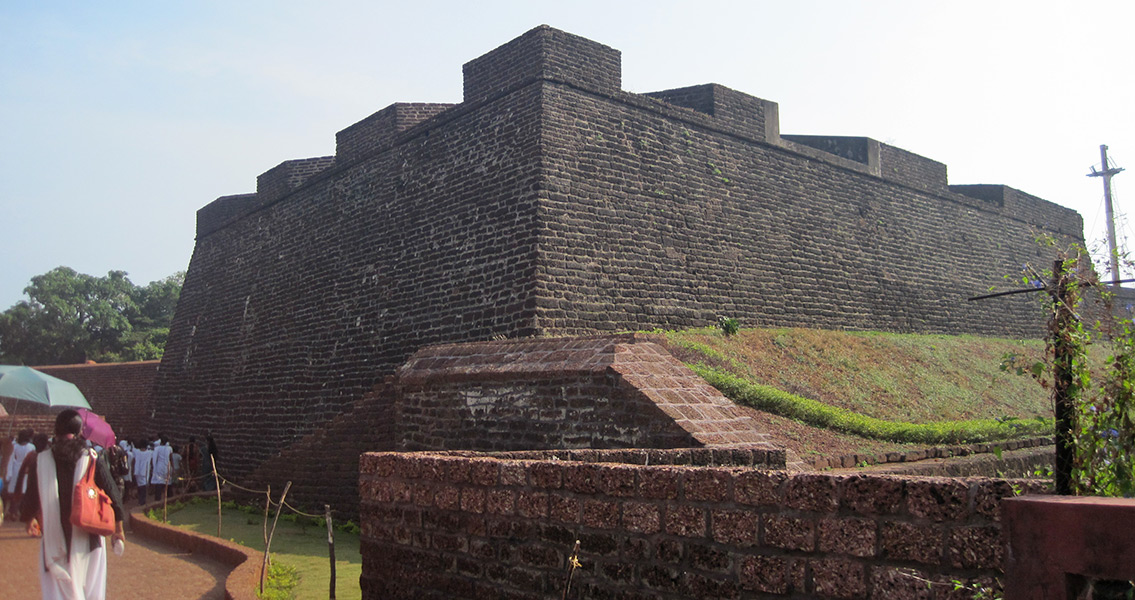<![CDATA[The excavation of what could be the largest cache of cannonballs ever found at an archaeological site has been completed by the Archaeological Survey of India (ASI). A total of 35,950 cannonballs have been recovered at the Fort St. Angelo site in Kunnar, India. According to the project superintendent, archaeologist T. Sreelakshmi, the task of segregating and then chemically treating the huge harvest of cannonballs will now begin, followed by the examination of historical evidence to determine why such a large quantity of cannonballs were dumped into four different pits ensuring they couldn’t be used in the future, and to determine which time period they’re from. Excavation of the pits began on December 10th, and on the last day of the excavation project alone 5300 cannonballs were uncovered. The cache was originally discovered by construction workers who had been installing power lines for an upcoming light show at the fort. Fort St Angelo is a historic monument lying at a tip of land which juts out into the sea. The fort has a long history of changing hands to various occupiers of India. It was constructed in 1505 by the first Portuguese Viceroy of India, Dom Francisco de Almeida. It was the first Portuguese fortress built on the Arabian sea coast, approximately two kilometers from the town of Kannur, India. In 1507, it was attacked without success by Zamorin, the local Indian ruler, in what became known as the Siege of Cannanore. In August of 1509, then governor Almeida refused to recognize the new Portuguese governor who superseded him, Afonso de Albuquerque, and had him arrested and confined at Fort St. Angelo following the naval Battle of Diu. De Albuquerque was released after six months of confinement when the grand-marshal of Portugal arrived in India with a large military fleet in October of that same year, and he went on to become governor. Then, in 1663, the Dutch captured the fort from the Portuguese. They not only modernized the existing fort, they constructed the Zeelandia, Hollandia and Frieslandia strongholds which remain major features of the structure as it’s presently known. The original Portuguese fort was later pulled down. A renowned painting of this iteration of the fort along with the fishing ferry that had been located behind it, is on display at the Rijksmuseum in Amsterdam. In 1772, the fort was sold by the Dutch to king Ali Raja (the Sea ruler) of Arakkal. The Arakkal kingdom (Kingdom of Cannanore) was a city-state on the Malabar Coast. Then, in 1790, the British seized the fort and utilized it until 1947. The fort is located within the Cannanore Cantonment area and is preserved as a protected monument by the ASI. St Angelo's fort is one of the most important historical monuments in India and a popular tourist attraction as well. It will be weeks before the cleaning and treating of the cannonballs is complete, and any historical information pertaining to the cannonballs won’t be available until after that process, according to C. Kumaran, an assistant archaeologist with ASI. Image courtesy of Wikimedia Commons user: Sharan TK]]>
Thousands of Cannonballs Found at Indian Fort
